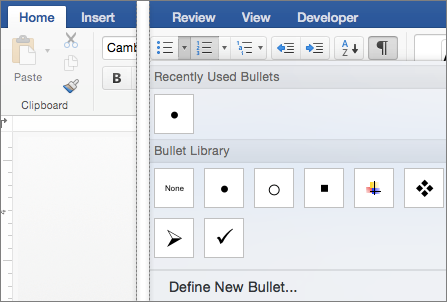
You’d only have to listen to the beginning of a heading before you jumped to the next. With a screen reader, you can jump from heading to heading. January 26 through 30: Twentieth Century Reformers A No-Tab, No-Table Alternativeīefore you make a table, though, consider whether you could accomplish the same thing with neither tabs nor table, by using headings for example: January 19 through 23: Photography for Social Reform, the Early Days Now if you wanted to find your way to Module 14 with a screen reader, you could move down the left column until you heard it. Photography for Social Reform, the Early Days. Choose no borders if you want to hide the lines between cells. To the eye, a table can look nearly the same as the tabbed version. To find Module 14 with a screen reader, you’d wade through everything for modules 1 through 13. Eugene Smith and Sebastião Salgado Read Pages 143-187 Take Module 4 Quiz 19-23 Jacob Riis and Lewis Hine Read Pages 95-120 Take Module 3 Quiz Module 4 Twentieth Century Reformers Jan. Module 3 Photography for Social Reform, the early days Jan.

It only takes a glance.Ī screen reader will see it more like this: When we look at the schedule later in the semester, we skip over Modules 1 through 3 and land our gaze on Module 4. We see that all the information about Module 3 is to the right of it.

We see that Module 3 is January 19 through 23. What appears to be a column on the right is made by inserting a tab or tabs in each line of text. Module 3 Photography for Social Reform, the Early Days The Trouble with Tabsīelow is an unfortunate way people commonly arrange class schedules: Week-by-week course schedules, grading schemes, assignment rubrics, the number of vehicle crashes of different types broken down by state… These would probably best be displayed in tables.

For a complex table, though, an HTML version will be much more accessible than a table in Word.

If you have data that needs rows and columns like on spreadsheets, use tables, not tabs.


 0 kommentar(er)
0 kommentar(er)
